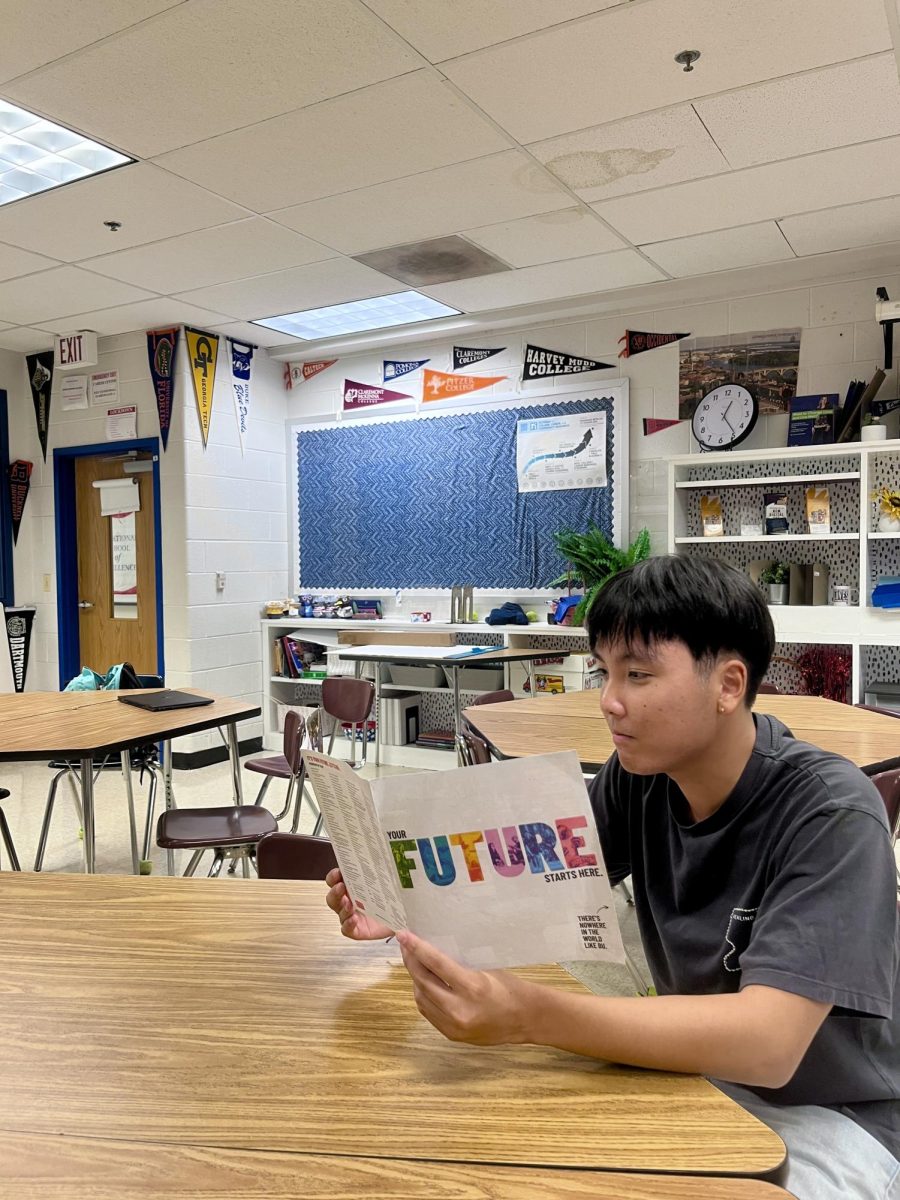Junior year is often considered by students to be the most stressful year of high school.
Students are encouraged to take a challenging course load, and are preparing and taking either the ACT or SAT. However, the year also provides an opportunity to visit potential colleges. Students can prepare for these visits to make the most of their time and to help them put together a thoughtful list of schools they may want to apply to.
The first part of planning is putting together a list of criteria that can help guide your visits. Visits are a great time to compare things like a small school versus a big school, a public versus a private college, a liberal arts versus a STEM based school and other factors. Make a list that offers a chance to explore these different options. There is no need to visit every single school of interest because that would most likely take too much time and money. Instead make a list that provides a sample into these factors so that during the visits students can make conclusions about what they ultimately want. According to Collegeexpress.com, Douglas Christiansen, the Vice Provost for Enrollment and Dean of Admissions at Vanderbilt University, says “campus visits are very critical to the process of choosing which college or university is right.”
Before visiting a college make sure to sign up for a tour. Each school may offer a different type. Some schools will have a formal information session followed by a walking tour. Often the walking tour is led by a current student who talks about the school in detail while showing you the campus and its buildings. “While I went around The University of Florida, I went to the most visited parts of campus and looked at some of the dorms,” junior Drew Rubinstein said.
Other colleges may offer another option. Use these sessions and tours to ask questions, look at the campus and think about what you like and don’t like, check out a dorm room, the dining hall and the student union.
Some students will tell you that the minute they walk onto a campus they know if it is a fit for them. Others need to see a number of different schools to compare and contrast the options.
Bring a notepad or use your phone to take notes during your tour. It is helpful to go back and look at the notes and your thoughts during the visit. These notes also can be useful when writing your college essays. Some colleges ask prospective students to write an essay on why they want that particular school. The tour guide or information session presenter may provide useful information for this essay. Ask lots of questions, write down things that are unique to the college, that stand out or that just leave an impression.
To get an even better feel of the school, especially to learn more about the type of students and social aspects of a school, it is helpful to meet and spend time with a current student. This is the time to reach out to friends at the school who may be a year or two older. If you don’t know anyone at the school, often colleges offer the service to match you to a current student. They can take you around and show you things about the school that only a student would be able to show you. This is a chance to ask more personal questions and get honest feedback and answers that aren’t shared during a formal tour. “I took a tour of Bucknell University with a current senior as my tour guide and she showed me the in and outs of student life,” junior Jillian Pohoryles said.
Students can set up meetings with staff members at the school to get even more information about majors and academic opportunities. Visiting a class is another way to learn more about what the school is like. Students can meet with certain staff members depending on their major or they can meet with the addmission rep for their speficic area. They can help they get more information into the applying process.


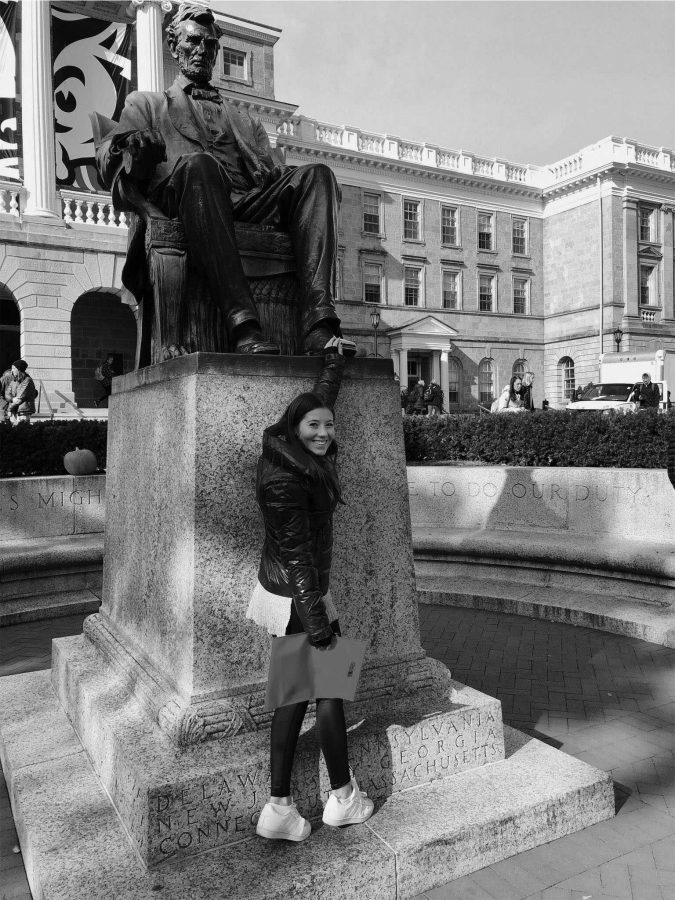
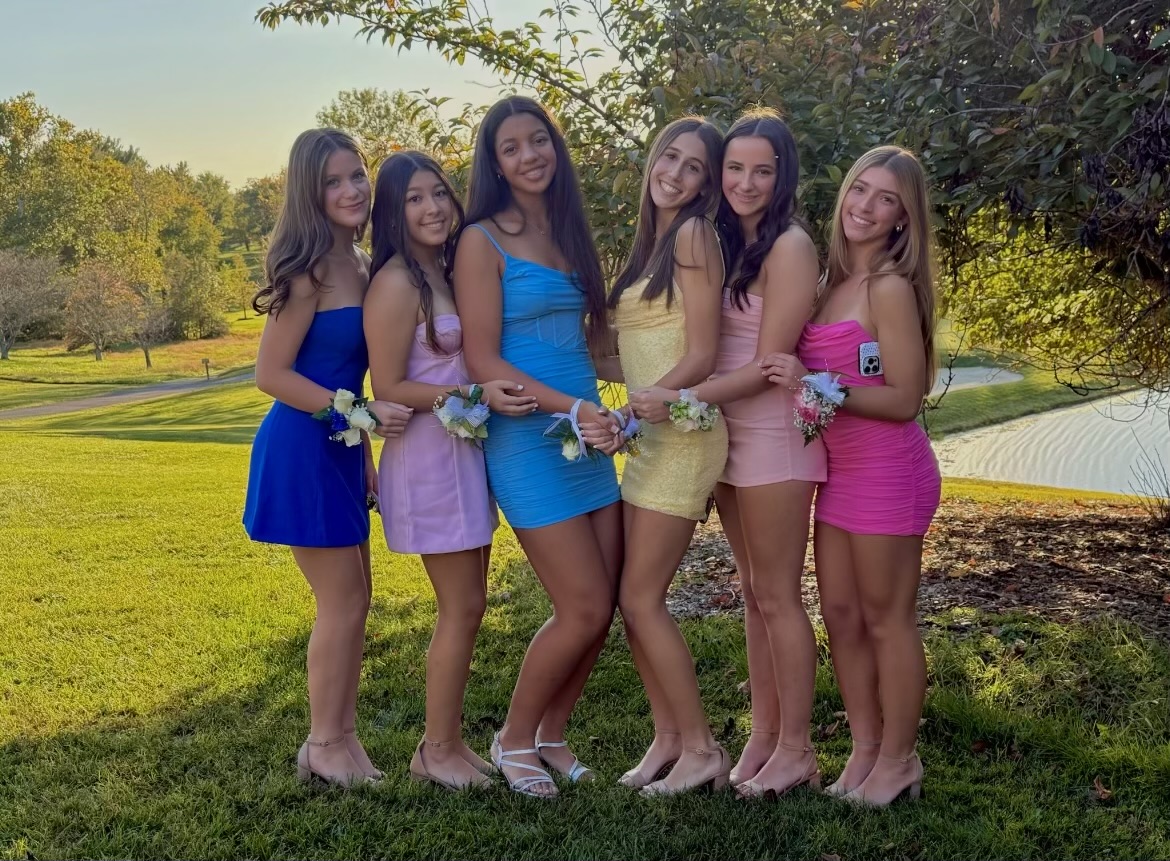
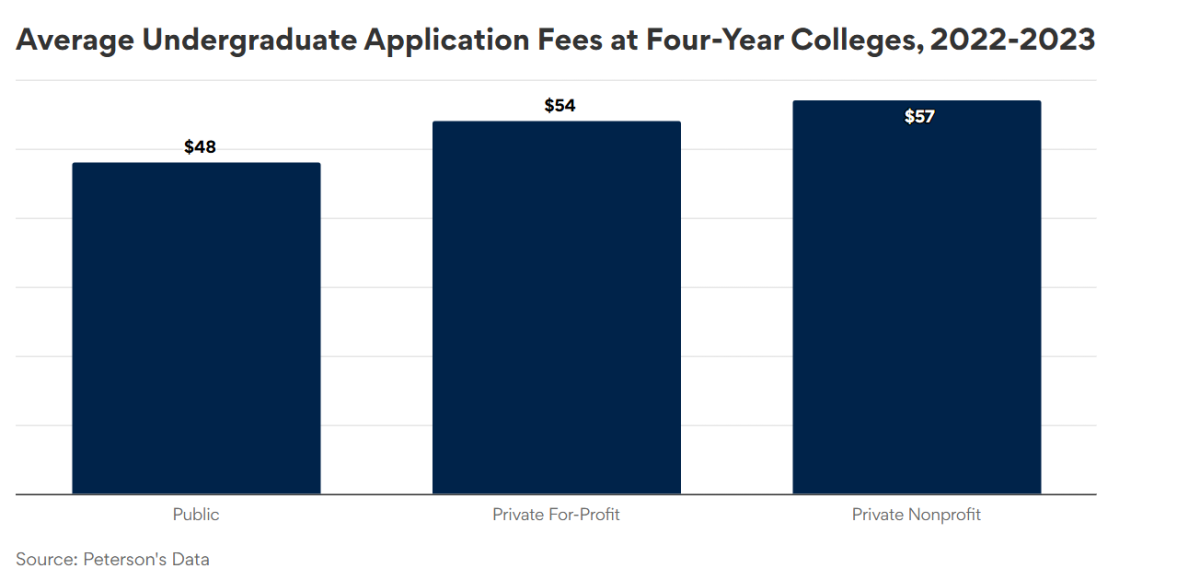
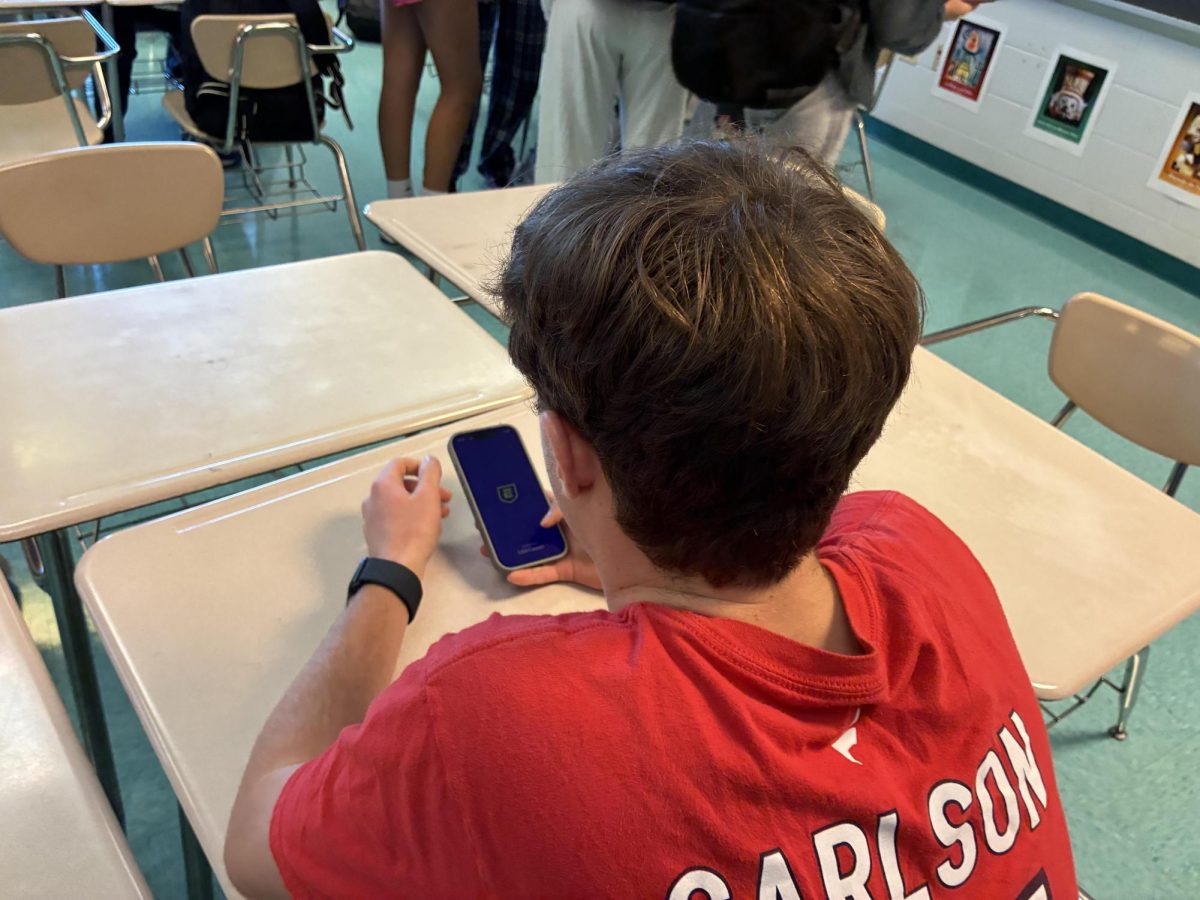
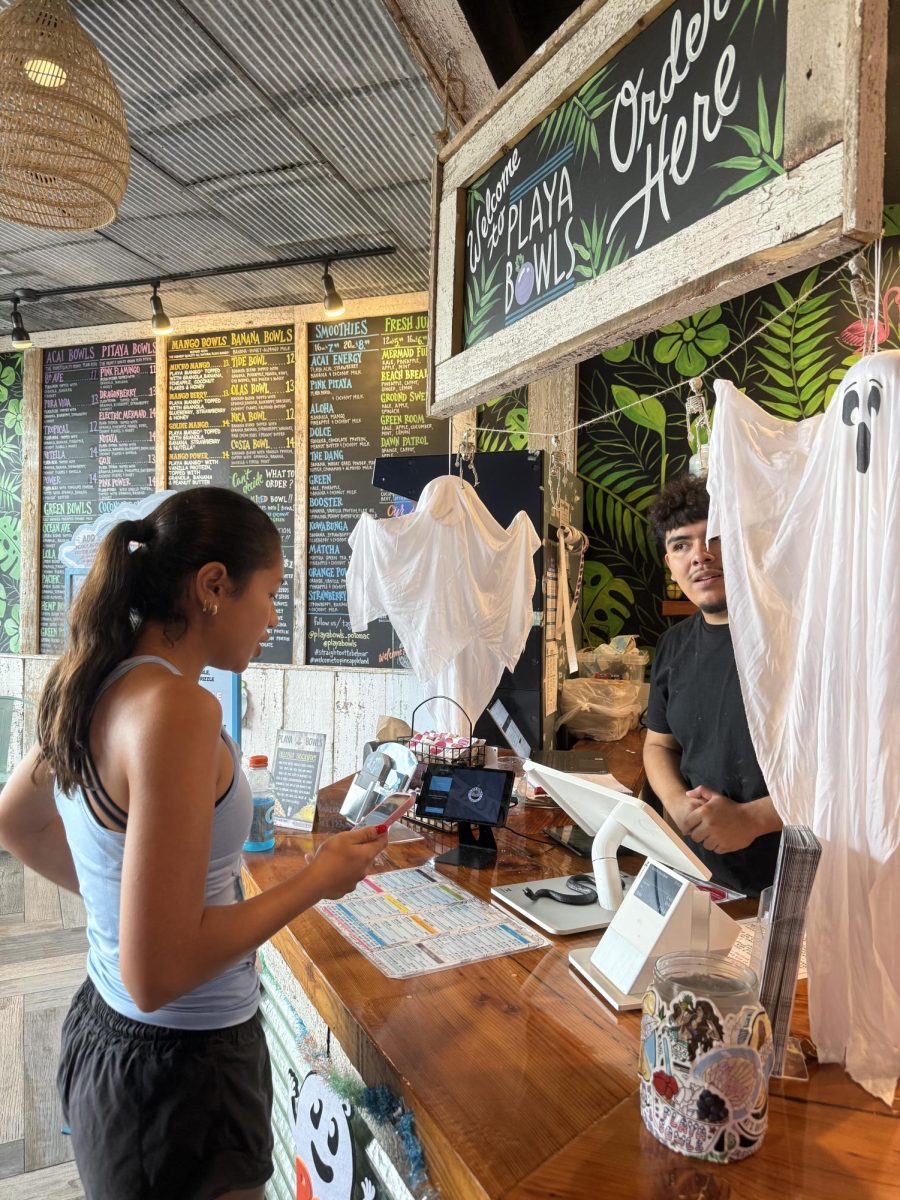
![Editors-in-Chief Ahmed Ibrahim, Helen Manolis, Cameron Cowen, Alex Grainger, Emory Scofield, Hayley Gottesman, Rebekah Buchman and Marley Hoffman create the first print magazine of the year during the October press days. “Only a quarter of the schools in MCPS have programs that are like ours, a thriving, robust program. That makes me really sad. This is not just good for [the student journalists] to be doing this, it’s good for the entire community. What [student journalists] provide to the community is a faith in journalism and that continues for their lifetimes," Starr said.](https://woottoncommonsense.com/wp-content/uploads/2025/10/wmpoFTZkCPiVA3YXA4tnGoSsZ4KmnKYBIfr18p3l-900x1200.jpg)
